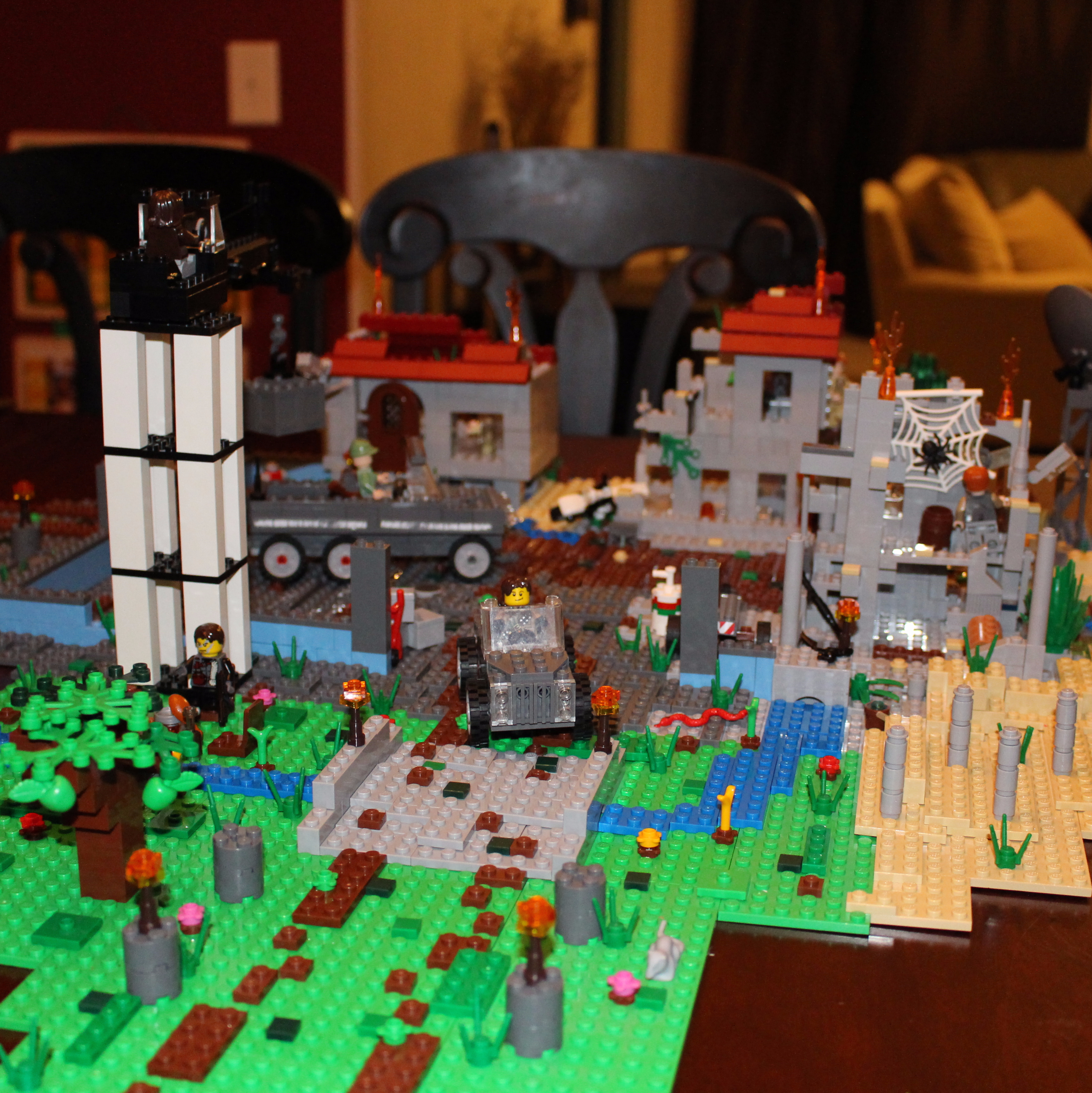Have a friend interview you about your animation
Have a friend interview you about your animation, practice explaining story and techniques, answer questions, and record or rehearse the interview to improve presentation skills.



Step-by-step guide to have a friend interview you about your animation
How To Create Kids Animation Learning Videos Using CANVA For Beginners (FULL TUTORIAL)
Step 1
Ask a friend to be your interviewer and agree on a time to meet.
Step 2
Choose a quiet spot where you can sit and focus without interruptions.
Step 3
Prepare your animation so it is ready to play when needed.
Step 4
Tell your friend the goal: practice explaining your story and the techniques you used.
Step 5
Have your friend watch the animation all the way through while you listen for reactions.
Step 6
Ask your friend to write five interview questions in the notebook about your story and techniques.
Step 7
Write three short bullet points about the story and two short points about the techniques in your notebook.
Step 8
Decide if you will record the interview or only rehearse it out loud.
Step 9
Set the timer for a short practice (for example three to five minutes) to keep answers clear and focused.
Step 10
Do a timed practice interview while your friend asks the prepared questions.
Step 11
Listen to the recording or talk with your friend and pick two things to improve.
Step 12
Repeat the interview focusing on the two improvements you chose.
Step 13
Share your finished interview and what you learned about your animation on DIY.org.
Final steps
You're almost there! Complete all the steps, bring your creation to life, post it, and conquer the challenge!


Help!?
What can we use instead of a notebook, timer, or recorder if we don't have them?
Use a smartphone or tablet to type notes in place of the notebook, the phone's clock or a kitchen timer for the three-to-five-minute practice, and the phone's voice memo or video app to record the interview so your animation is ready to play and you can listen for reactions.
What should we do if the animation won't play or our friend keeps getting distracted during the session?
Before you meet in the quiet spot, test the animation and device, agree on a meeting time and 'no notifications' rule so your friend can watch all the way through and write the five interview questions without interruptions.
How can this activity be adapted for younger or older kids?
For younger kids have a parent or sibling act as interviewer, cut the notebook tasks to one or two simple bullet points and use a one- to two-minute timer, while older kids can ask for a technical critique, write more detailed bullet points, and extend the timed practice to five to seven minutes before sharing on DIY.org.
How can we extend or personalize the interview to make the animation stronger?
After the first timed practice use the recording or notes to create a checklist of the two improvements you chose, add specific examples or props when you repeat the interview, and mention those changes when you share the finished interview and what you learned on DIY.org.
Watch videos on how to have a friend interview you about your animation
How To Start Animation For Beginners Guide
Facts about presentation skills for young animators
⏱️ Animatics are moving storyboards with rough timing — filmmakers use them to test pacing before spending time on full animation.
🤝 Getting interviewed by a friend helps you spot plot holes and explain creative choices in simple, story-ready language.
🎙️ Rehearsing answers and recording yourself can quickly cut down filler words and make explanations clearer and more confident.
🖼️ Storyboards were popularized at Walt Disney Studios in the 1930s to plan scenes visually before animation began.
🎞️ The earliest true animated film is often credited to Émile Cohl's 1908 short Fantasmagorie — it's like the great-grandparent of cartoons!
How do you do a friend interview about your animation?
What materials do I need for a friend interview about my animation?
What ages is this activity suitable for?
What are the benefits and safety tips for a mock interview about an animation?


One subscription, many ways to play and learn.
Only $6.99 after trial. No credit card required



